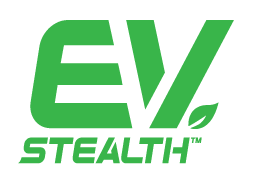New Vehicle Efficiency Standard
A New Vehicle Efficiency Standard (NVES), also known as the fuel efficiency standard, was announced on February 4, 2024 by the Federal Government. The proposal will give Australians better access to cleaner cars that are cheaper to run and encourages car manufacturers to supply more efficient vehicles.
A NVSE incentivises car companies to supply new cars that use less fuel per kilometre. Under the new standard, each vehicle manufacturer has to set an average CO2 target for the vehicles they produce, which they must meet or beat. In short, the Government will provide incentives for car makers to supply lower and zero emissions vehicles, and penalise them for failing to do so. Over time, as the fuel efficiency standard is tightened (meaning the maximum amount of CO2 that can be emitted is reduced), car markers must sell higher numbers of lower and zero emissions vehicles to avoid penalties.
Why do we need a New Vehicle Efficiency Standard?
Australia has been a laggard in this department, particularly when over 85% of the global car market already adopting a New Vehicle Efficiency Standard. As a result of the slow transition, Australia has become a dumping ground for some of the world’s most inefficient and polluting vehicles. Australia is the only OECD nation without energy efficiency standards for new vehicles other than Russia.
EV Stealth Solutions welcomes the Federal Government’s announcement for a simple and transparent standard for new cars. The proposed settings will deliver more choice for people, by increasing access to all kinds of lower and zero emissions cars, vans and utes, in particular our Electric Vehicles.
The Electric Vehicle Council and Climate Council, was also among those welcoming the standards, where it is predicted to slice the nation’s carbon emissions by avoiding almost 100m tonnes of carbon dioxide emissions by 2035 and 369m tonnes by 2050.
A likely outcome would be the emergence of a market for carbon credits. EV-only makers such as such as China’s BYD and Tesla from the US, would be able to sell credits to carmakers such as Japan’s Toyota or Isuzu that will struggle to match the low-emissions offerings.
The Federal Government now needs to put the “pedal to the metal” with the detailed plan now open for consultation. The new standard is expected to come into effect on January 1, 2025
You can have your say here.


